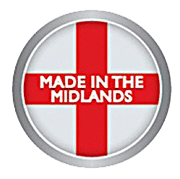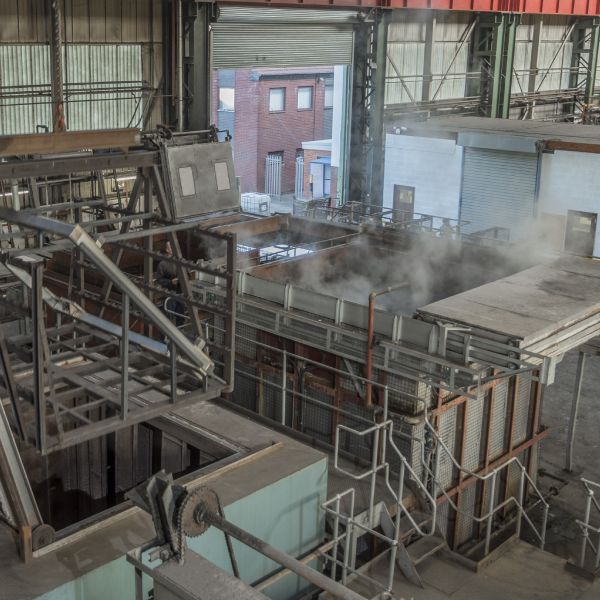How To Spot Poor Heat Treatment
When metal parts fail prematurely or perform inconsistently, substandard or poor heat treatment can be the silent culprit. It is paramount in key industries, such as aerospace, automotive and defence, there’s simply no room for error — and is therefore paramount that heat treatment is undertaken correctly and uniformly.
In this article, we’ll walk you through five key signs that your heat treatment process (or provider) might not be up to scratch, and what those issues could mean for your components in real-world use.
1. Distortion, Warping, or Surface Deformation
A well-executed heat treatment process will maintain the integrity and dimensional stability of your parts. If you’re seeing noticeable distortion, warping, or bulging in your components post-treatment, it’s often a red flag that:
Cooling rates were poorly controlled
Fixturing was inadequate
Inadequate distortion correction
The material was over-heated
Inadequate venting of sealed cavities
Such issues are especially problematic in precision engineering applications, where tolerances are tight and any deviation can render a component unusable.
2. Discolouration or Unusual Surface Appearance Can Indicate Poor Heat Treatment
While minor surface changes can be normal depending on the alloy and process used, excessive or uneven discolouration and/or blistering could indicate poor furnace atmosphere control or contamination. This may suggest:
Inadequate cleaning or pre-treatment
Poor furnace maintenance
Exposure to excessive moisture during treatment
A consistent, professional finish is one hallmark of a quality-controlled process.
3. Inconsistent Mechanical Properties
If your components exhibit unpredictable behaviour under load — such as unexpected brittleness or reduced fatigue strength — this often traces back to:
Excessive time-at-temperature cycles
Excessive temperature recovery or lag time
Incorrect quenching practices eg quench media level in quench tank too low
Products full of quench media and failing to reach full age-hardening potential
Heat treatment is designed to unlock the full performance potential of your material. When parts don’t perform uniformly, that promise has been broken.
4. Missing or Vague Certification and Documentation
A reputable heat treatment provider will offer full traceability and documentation as standard — including temperature records, availability of furnace logs, and certification that the process met specified standards (such as NADCAP, AMS2750 or BS EN ISO 9001).
If your heat treatment reports are vague, missing, or inconsistent, that’s a sign that quality control may be lacking — and it could leave you exposed to risk in the event of a failure or audit.
5. A Lack of Technical Understanding or Support
When you ask technical questions — about temperatures, holding times, tempers, or alloy suitability — do you get confident answers, or vague reassurances?
A quality heat treatment partner should feel like an extension of your engineering team, not just a subcontractor. If your current supplier can’t provide clear guidance or explain their process, it’s time to reconsider.
Quality Heat Treatment Matters More Than Ever
Over the past 50 years at Alloy Heat Treatment, we’ve been the go to company to correct material and product issues caused by substandard processing. Substandard heat treatment might not always be visible to the naked eye, but it has a way of making itself known when performance is on the line.
If any of the issues above sound familiar, now might be the right time to start exploring other options — and in our next blog, we’ll show you exactly how to do that.
Alternatively, you can contact our team directly for any free quotes you may be considering.












